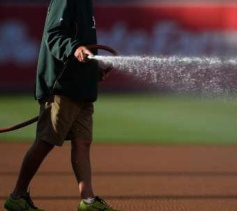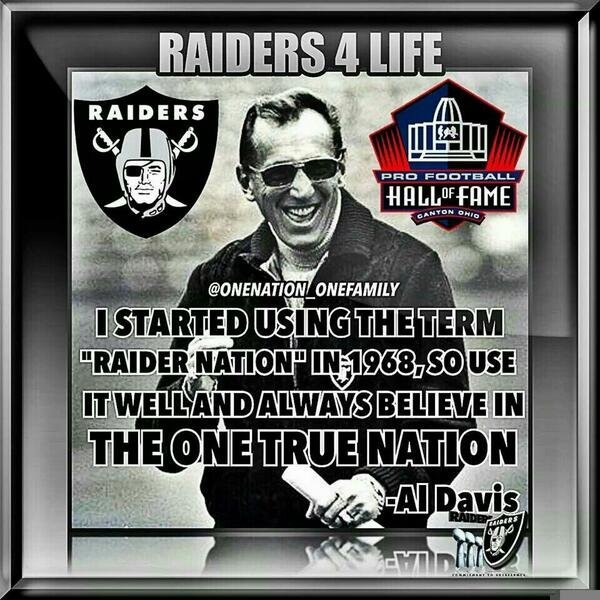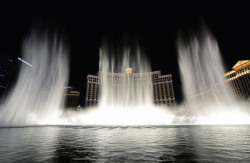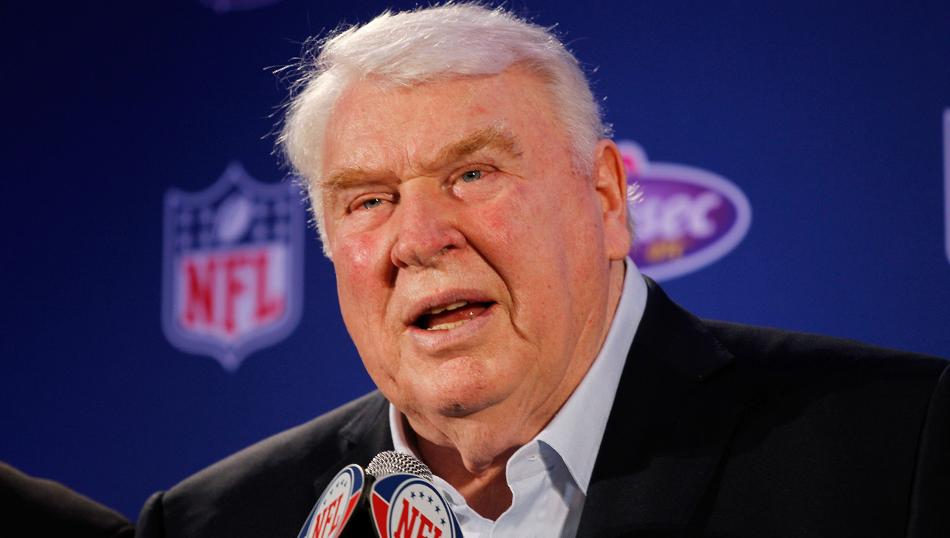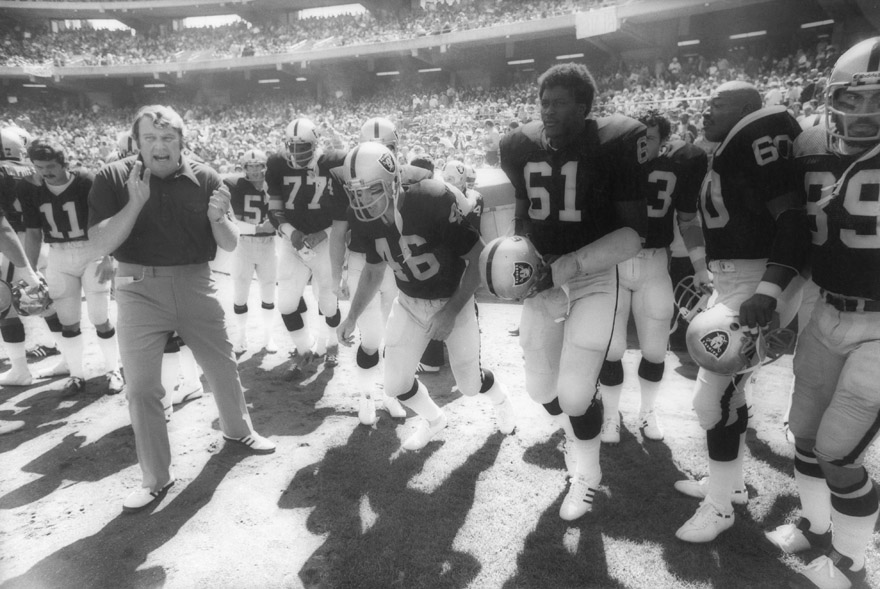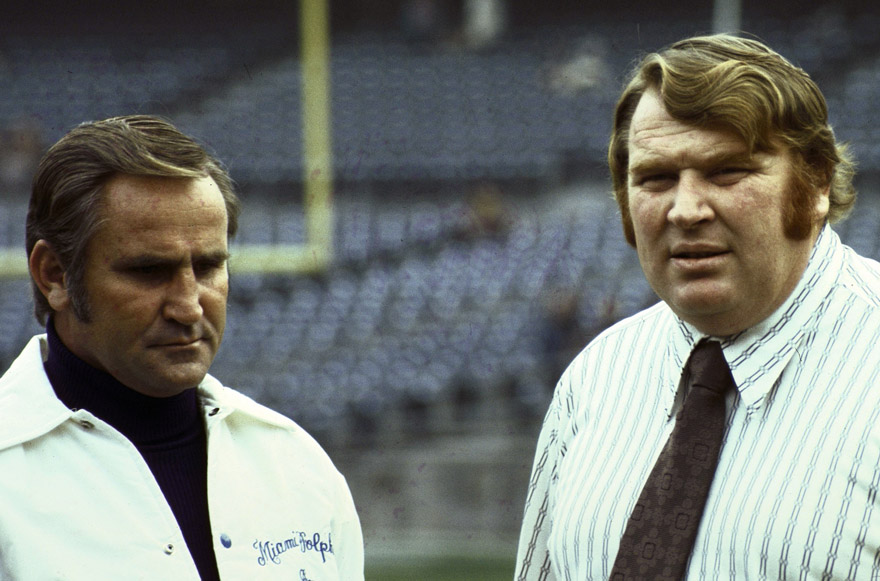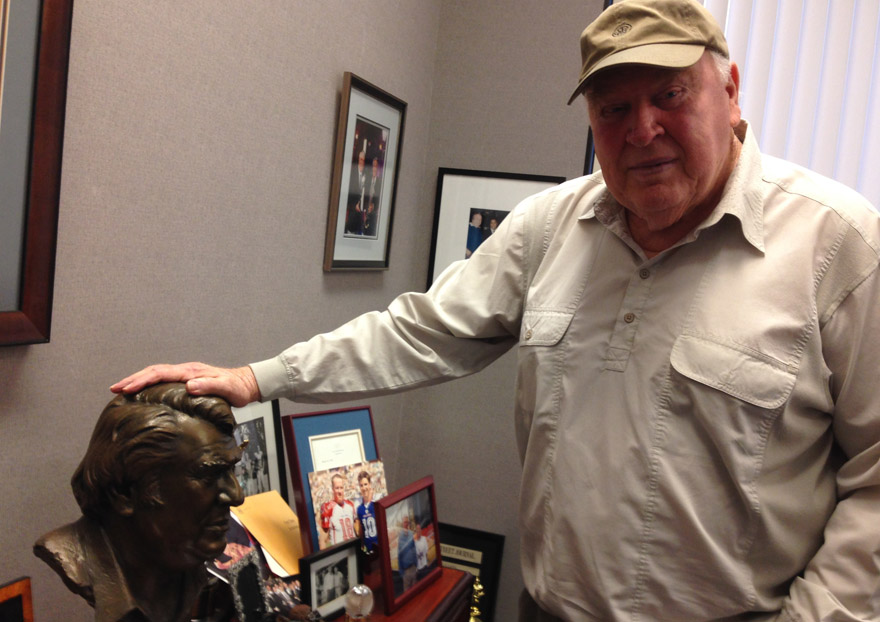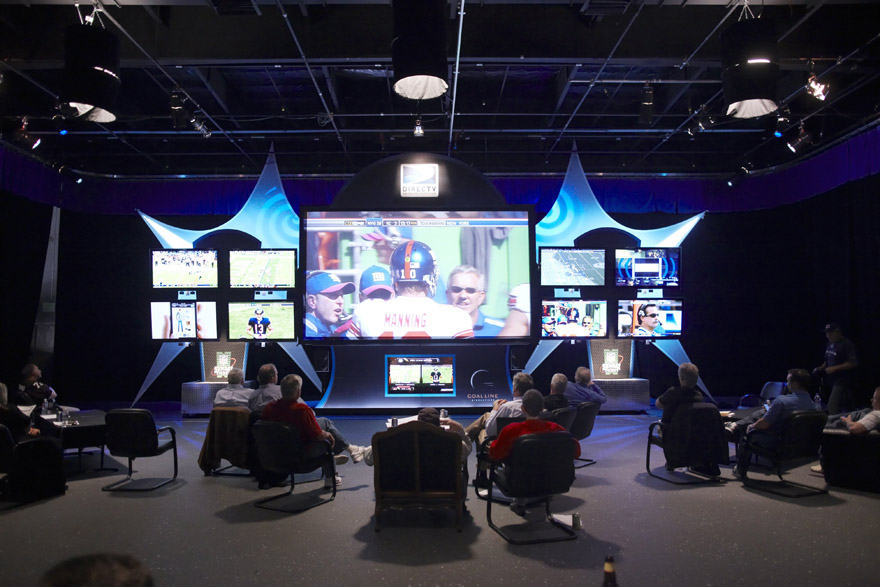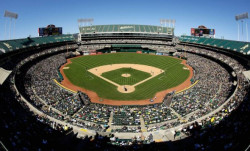- Sep 6, 2005
- 145,114
- 94,964
- AFL Club
- Fremantle
Doug Williams almost a Raider?
June, 26, 2014
By Paul Gutierrez | ESPN.com
I caught part of a replay of Super Bowl XXII the other day on NFL Network, and it was the start of the third quarter between the Washington Redskins and the Denver Broncos when announcer Al Michaels said something that caught my attention.
It actually made me pause the DVR, hit rewind and play again so I could hear Michaels one more time. And then another.
Sure, there had been rumors that Al Davis had been enamored with quarterback Doug Williams. But in the third quarter of that Super Bowl, after Williams had essentially won the game for Washington with an epic second quarter that featured five touchdowns, Michaels told the tale.

AP Photo/Amy Sancetta
The Raiders and Redskins reportedly discussed a swap for quarterback Doug Williams before the 1987 season.
He reported that Williams had been ticketed to the then-Los Angeles Raiders the Monday before the NFL’s 1987 regular season was to begin. Then-Washington coach Joe Gibbs had even told Williams he was on his way to the Raiders.
But then, according to Michaels, the Raiders balked at Washington’s price -- a first-round draft pick, or a very good player.
Now, we’ve already heard the tales of John Elway coming so close to being a Raider, and how the Raiders should have drafted Dan Marino in that same 1983 draft after the purported draft-day trade to land Elway fell through. And while the Williams-to-the-Raiders story might not have that same intrigue as either Elway or Marino wearing Silver and Black, it is interesting nonetheless.
Especially when you consider what Williams accomplished later that strike-torn season, and when you realize who the Raiders instead used that first-round pick on in the 1983 draft.
Williams, who had been the Tampa Bay Buccaneers’ starting quarterback from 1978 through 1982 and had helped author three playoff appearances for them, was also a pioneer as an African American quarterback, following in the footsteps of James Harris and Joe Gilliam.
And we know that Davis looked beyond skin tone when it came to players he believed could play --Davis selected QB Eldridge Dickey in the first round of the 1968 draft -- and Williams had the big arm Davis was always in search of.
But after a contract dispute ended his time in Tampa Bay, Williams played two seasons in the USFL before resurfacing in Washington in 1986 as Jay Schroeder's backup.
Williams had not started an NFL game since Jan. 9, 1983, a playoff loss to the Dallas Cowboys, so yeah, you could imagine the Raiders not wanting to give up a first-rounder for him less than a week before the 1987 season.
Still, the Raiders were relatively unsettled under center entering that season as Jim Plunkett had retired and Marc Wilson and Rusty Hilger were the returners.
But even as the Raiders got off to a 3-0 start, the wheels quickly fell off, thanks in part to the strike, which cancelled one week of games and led to three weeks of replacement player games. The Raiders finished 5-10, their worst record since going 1-13 in 1962, the year before Davis arrived in Oakland. And two-time Super Bowl-winning coach Tom Flores resigned following the season.
Would Williams have saved the season and steadied the Raiders' ship?
Meanwhile, in Washington, Williams still had to bide his time. Sure, he relieved Schroeder a few times in 1987 and even started two regular-season games, but he did not become Washington’s starter for good until there was 6:51 remaining in the third quarter of its regular-season finale against Minnesota.
Williams, a huge team favorite, led Washington on its playoff run, upsetting the Chicago Bears in the divisional round and then upending the Vikings in the NFC title game.
Then came Super Sunday, in which he threw all four of his touchdown passes in the historic second quarter and passed for a then-Super Bowl record 340 yards in Washington’s 42-10 victory over Elway’s Broncos as Williams became the first African-American starting quarterback to win a Super Bowl, a feat not matched until Russell Wilson did it with the Seattle Seahawks this past February.
The trade that never happened between Oakland and Washington seemed to work out best for Washington, at least on the surface.
But if the Raiders had given up their first-rounder in 1988, they probably would have missed out on Tim Brown, though the Raiders did do some wheeling and dealing later to acquire three first-rounders, which they used on Brown, Terry McDaniel and Scott Davis.
So, with hindsight always being 20/20, do you essentially trade Doug Williams for Tim Brown if you’re the Raiders?
Whatever your answer, remember this: the Raiders and Washington would get together for a trade in 1988, a deal that would haunt the Raiders as they sent offensive tackle Jim Lachey to Washington for… wait for it … Schroeder.
Williams would only play 15 more games over the next two seasons before retiring, while Schroeder could not fully win over the hearts and minds of the Raiders' locker room in five seasons.
June, 26, 2014
By Paul Gutierrez | ESPN.com
I caught part of a replay of Super Bowl XXII the other day on NFL Network, and it was the start of the third quarter between the Washington Redskins and the Denver Broncos when announcer Al Michaels said something that caught my attention.
It actually made me pause the DVR, hit rewind and play again so I could hear Michaels one more time. And then another.
Sure, there had been rumors that Al Davis had been enamored with quarterback Doug Williams. But in the third quarter of that Super Bowl, after Williams had essentially won the game for Washington with an epic second quarter that featured five touchdowns, Michaels told the tale.

AP Photo/Amy Sancetta
The Raiders and Redskins reportedly discussed a swap for quarterback Doug Williams before the 1987 season.
He reported that Williams had been ticketed to the then-Los Angeles Raiders the Monday before the NFL’s 1987 regular season was to begin. Then-Washington coach Joe Gibbs had even told Williams he was on his way to the Raiders.
But then, according to Michaels, the Raiders balked at Washington’s price -- a first-round draft pick, or a very good player.
Now, we’ve already heard the tales of John Elway coming so close to being a Raider, and how the Raiders should have drafted Dan Marino in that same 1983 draft after the purported draft-day trade to land Elway fell through. And while the Williams-to-the-Raiders story might not have that same intrigue as either Elway or Marino wearing Silver and Black, it is interesting nonetheless.
Especially when you consider what Williams accomplished later that strike-torn season, and when you realize who the Raiders instead used that first-round pick on in the 1983 draft.
Williams, who had been the Tampa Bay Buccaneers’ starting quarterback from 1978 through 1982 and had helped author three playoff appearances for them, was also a pioneer as an African American quarterback, following in the footsteps of James Harris and Joe Gilliam.
And we know that Davis looked beyond skin tone when it came to players he believed could play --Davis selected QB Eldridge Dickey in the first round of the 1968 draft -- and Williams had the big arm Davis was always in search of.
But after a contract dispute ended his time in Tampa Bay, Williams played two seasons in the USFL before resurfacing in Washington in 1986 as Jay Schroeder's backup.
Williams had not started an NFL game since Jan. 9, 1983, a playoff loss to the Dallas Cowboys, so yeah, you could imagine the Raiders not wanting to give up a first-rounder for him less than a week before the 1987 season.
Still, the Raiders were relatively unsettled under center entering that season as Jim Plunkett had retired and Marc Wilson and Rusty Hilger were the returners.
But even as the Raiders got off to a 3-0 start, the wheels quickly fell off, thanks in part to the strike, which cancelled one week of games and led to three weeks of replacement player games. The Raiders finished 5-10, their worst record since going 1-13 in 1962, the year before Davis arrived in Oakland. And two-time Super Bowl-winning coach Tom Flores resigned following the season.
Would Williams have saved the season and steadied the Raiders' ship?
Meanwhile, in Washington, Williams still had to bide his time. Sure, he relieved Schroeder a few times in 1987 and even started two regular-season games, but he did not become Washington’s starter for good until there was 6:51 remaining in the third quarter of its regular-season finale against Minnesota.
Williams, a huge team favorite, led Washington on its playoff run, upsetting the Chicago Bears in the divisional round and then upending the Vikings in the NFC title game.
Then came Super Sunday, in which he threw all four of his touchdown passes in the historic second quarter and passed for a then-Super Bowl record 340 yards in Washington’s 42-10 victory over Elway’s Broncos as Williams became the first African-American starting quarterback to win a Super Bowl, a feat not matched until Russell Wilson did it with the Seattle Seahawks this past February.
The trade that never happened between Oakland and Washington seemed to work out best for Washington, at least on the surface.
But if the Raiders had given up their first-rounder in 1988, they probably would have missed out on Tim Brown, though the Raiders did do some wheeling and dealing later to acquire three first-rounders, which they used on Brown, Terry McDaniel and Scott Davis.
So, with hindsight always being 20/20, do you essentially trade Doug Williams for Tim Brown if you’re the Raiders?
Whatever your answer, remember this: the Raiders and Washington would get together for a trade in 1988, a deal that would haunt the Raiders as they sent offensive tackle Jim Lachey to Washington for… wait for it … Schroeder.
Williams would only play 15 more games over the next two seasons before retiring, while Schroeder could not fully win over the hearts and minds of the Raiders' locker room in five seasons.




